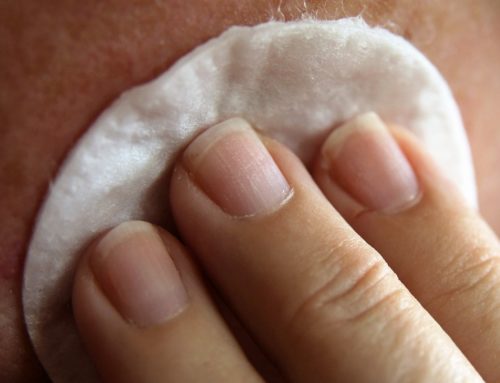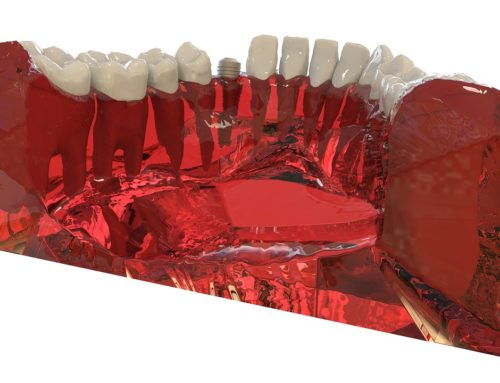Humans naturally lose hair every day – it’s just a part of a normal hair growth cycle. A few strands falling are not a cause of worry since new hair will grow to replace them. If the loss is more than just a few strands and new growth doesn’t seem to be keeping up, however, it might be a case of male or female pattern hair loss (MPHL or FPHL), a.k.a. Androgenetic alopecia.
Causes
Androgenetic alopecia, as the name implies, is rooted in genetics particularly those affecting the sex hormone androgen. The hormone is responsible for different functions, including the regulation of hair growth. In the case of MPHL, problems with the hormone cause hair follicles to shrink, resulting in shorter and finer strands, until hair eventually stops growing.
While the genetic root itself is not harmful, MPHL can also be triggered by other factors. According to an article from Healthline, thyroid conditions and cancers, as well as the use of anabolic steroids and certain medication, can cause MPHL.
MPHL vs FPHL
These two types of alopecia display different characteristics, or patterns. MPHL displays distinct patterns starting above the temples and vertex with the hairline receding. On the other hand, FPHL shows diffuse thinning throughout the scalp, as pointed out on WebMD. Fortunately, both MPHL and FPHL rarely lead to total hair loss.
Take note: MPHL and FPHL are not exclusive to males and females, respectively. It’s just that each is more common on their respective sexes they are named after.
Treatment and Management
You should consult a doctor as soon as possible if you start to notice signs of androgenetic alopecia, especially if it’s accompanied by other health issues. The important thing is to determine whether the cause is genetics or some other underlying condition. If the cause is a serious condition, it should be prioritized. If the cause is purely genetic or once the underlying condition is addressed, you can now take care of the hair loss.
When dealing with hair loss, not all is lost. There are many advanced treatment methods that may help your hair grow again. One particularly effective method is hair transplant surgery, a process that transplants follicles from other parts of the body onto the scalp. This procedure allows people who’ve lost hair, whether due to MPHL or other factors, regain hair growth.
You can find qualified professionals, like Anthony Farole, D.M.D, serving the Philadelphia area that perform minimally-invasive hair transplant with great results. Do not hesitate to consult an experienced doctor if you would like to have your hair loss addressed.
Take the Next Step
Want to learn if a Hair Transplant Surgery is right for you? Schedule a consultation at Dr. Farole’s Facial Cosmetic Surgery Center in Bala Cynwyd, PA by giving us a call at (610) 668-3300 today.
Sources:
Male Pattern Baldness, Healthline
Types of Hair Loss in Women, WebMD






